Angus&Robertson
An imprint of HarperCollins Publishers , Australia
First published in Australia in 1914
This edition published in 2013
by Angus & Robertson Ltd
This revised and updated edition published in 2010
by HarperCollins Publishers Australia Pty Limited
ABN 36 009 913 517
www.harpercollins.com.au
Copyright NSW Cookery Teachers Association 1970, 1974, 1988, HomeEconomics Institute of Australia Inc (NSW Division) 2008, 2010
This work is copyright. Apart from any use as permitted under the Copyright Act 1968 , no part may be reproduced, copied, scanned, stored in a retrievalsystem, recorded, or transmitted, in any form or by any means, without the prior written permissionof the publisher.
HarperCollins Publishers
Level 13, 201 Elizabeth Street, Sydney, NSW 2000, Australia
31 View Road, Glenfield, Auckland 0627, New Zealand
A 53, Sector 57, Noida, UP, India
7785 Fulham Palace Road, London, W6 8JB, United Kingdom
2 Bloor Street East, 20th floor, Toronto, Ontario M4W 1A8, Canada
10 East 53rd Street, New York NY 10022, USA
National Library of Australia Cataloguing-in-Publication data:
The commonsense cookery book / Home Economics Institute of Australia Inc (NSWDivision).
ISBN: 978 0 7322 9015 3 (pbk.)
ISBN: 978 1 4607 0065 5 (epub)
First published: Sydney : Angus & Robertson, 1914.
Includes index.
Cookery.
Home Economics Institute of Australia Inc (NSW Division).
641.5
Cover design by Darren Holt, HarperCollins Design Studio
Cover images by Shutterstock.com
Illustrations by Bill Wood Illustration
Gail Clarkson, Project Manager
Veronica Cuskelly, Food Editor
Jill Murphy, Web Resource Developer
The Commonsense Cookery Book , first published in 1914, has stood the test of time and the popularity of the Special Edition published in 2008 proved that people still turn to the classic when it comes to cooking.
The original book, along with several minor revisions undertaken over the years, has been acclaimed as a textbook for generations of Australian cooks.
The joy of teaching and sharing recipes is immeasurable. Each chapter in this edition has an introduction outlining useful tips and techniques which lay the foundation for specific recipes.
In combining the history of Australian food with technology and online resources, this edition will serve as a starting point for a new generation of cooks and as a refresher for people who want to update and develop their cooking skills and techniques.
Enjoy!
Home Economics Institute Australia Inc. (NSW Division)
This edition of The Commonsense Cookery Book includes over 30 step-by-step skills and techniques for those of you wishing to learn new skills or master existing ones, and are also available for download whenever you see this symbol  .
.
Encourage and support breastfeeding
Children and adolescents need sufficient nutritious foods to grow and develop normally
Growth should be checked regularly for young children
Physical activity is important for all children and adolescents
Enjoy a wide variety of nutritious foods
Children and adolescents should be encouraged to:
Eat plenty of vegetables, legumes and fruits
Eat plenty of cereals (including breads, rice, pasta and noodles), preferably wholegrain
Include lean meat, fish, poultry and/or alternatives
Include milks, yoghurts, cheese and/or alternatives. Reduced-fat milks are not suitable for young children under 2 years, because of their high energy needs, but reduced-fat varieties should be encouraged for older children and adolescents
Choose water as a drink. Alcohol is not recommended for children
and care should be taken to:
Limit saturated fat and moderate total fat intake. Low-fat diets are not suitable for infants
Choose foods low in salt
Consume only moderate amounts of sugars and foods containing added sugars
Care for your childs food: prepare and store it safely
Enjoy a wide variety of nutritious foods
Eat plenty of vegetables, legumes and fruits
Eat plenty of cereals (including breads, rice, pasta and noodles), preferably wholegrain
Include lean meat, fish, poultry and/or alternatives
Include milks, yoghurts, cheeses and/or alternatives. Reduced-fat varieties should be chosen, where possible
Drink plenty of water
and take care to:
Limit saturated fat and moderate total fat intake
Choose foods low in salt
Limit your alcohol intake if you choose to drink
Consume only moderate amounts of sugars and foods containing added sugars
Prevent weight gain: be physically active and eat according to your energy needs
Care for your food: prepare and store it safely
Encourage and support breastfeeding
These guidelines are not in order of importance.
Dietary Guidelines for Australians: A Guide to Healthy Eating, Department of Health and Ageing and National Health and Medical Research Council, Reprinted May 2005, copyright Commonwealth of Australia, reproduced by permission.
The Australian Guide to Healthy Eating , Commonwealth Copyright 1998 is reproduced with the permission of the Australian Government Department of Health and Ageing, 2009
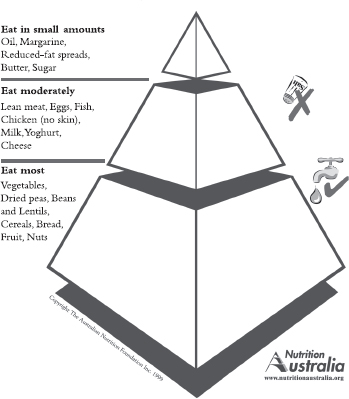
The Healthy Eating Pyramid reproduced with the permission of The Australian Nutrition Foundation Inc. (Nutrition Australia)
Apple corer
Baking dish and trivet
Balloon whisk
Basting spoon
Cake cooler
Cake tins (square and round)
Can opener
Chinois (shin-WAH)
Chopping boards
Clock/timer
Colander
Corkscrew
Double saucepan
Fish slice
Flour dredge
Flour sifter
Food processor
Frying pan
Grater
Grill or griddle pan
Hand-held electric beater
Kitchen twine
Knives of various sizes
Measuring jug (small and large)
Melon baller
Microwave-safe dishes
Metal moulds
Mixing bowls
Non-stick cookware
Omelette pan
Oven-proof dishes
Oven mitts
Pastry board or sheet
Pastry brush
Pie dish
Pie funnel
Potato masher
Pudding basin
Rolling pin
Set of cutters (pastry and biscuit)
Set of metric standard measuring cups
Scissors
Set of skewers
Set of saucepans
Set of scales
Slotted spoon
Spatula
Sponge sandwich tins
Swiss roll tin
Stick blender
Strainers (hand-held)
Storage containers
Steamer
Sugar thermometer
Tongs
Wooden spoons
TEMPERATURES
100 degrees Celsius (boiling point) = 212 degrees Fahrenheit
0 degrees Celsius (freezing point) = 32 degrees Fahrenheit
CELSIUS (C.) IN FAHRENHEIT (F.)
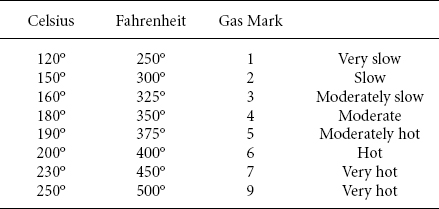
For oven temperatures, degrees Celsius approximately equals half of degrees Fahrenheit.
Note: Refer to manufacturers guide for fan-forced oven temperatures.

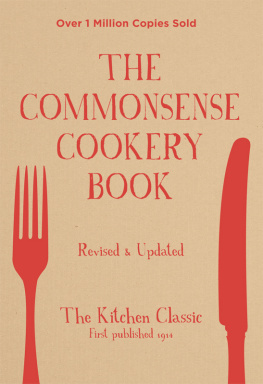

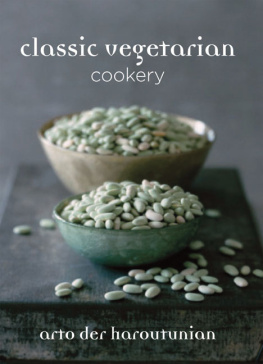
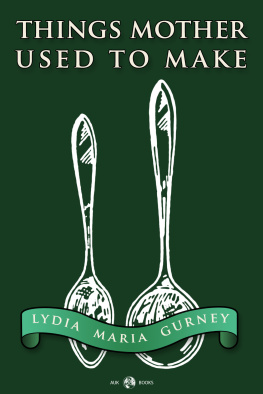
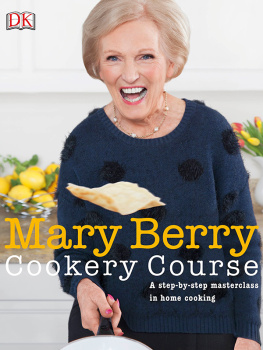
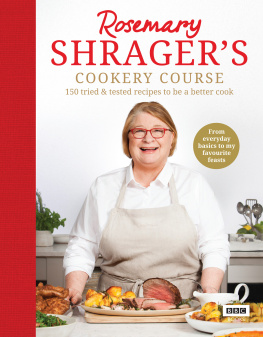
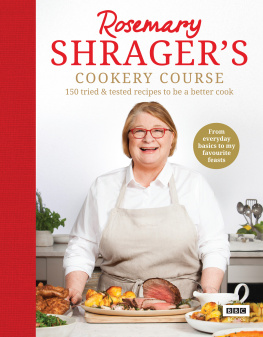
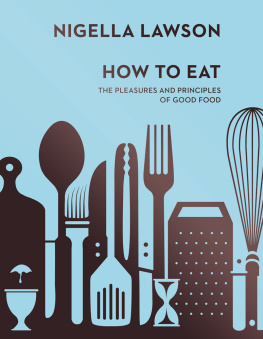
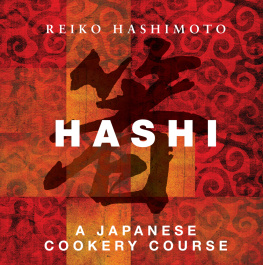
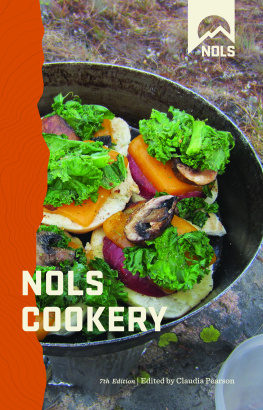
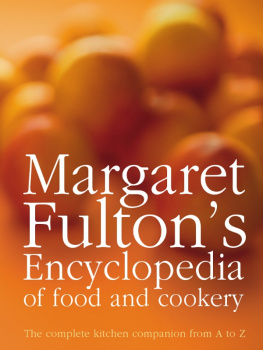

 .
.
